>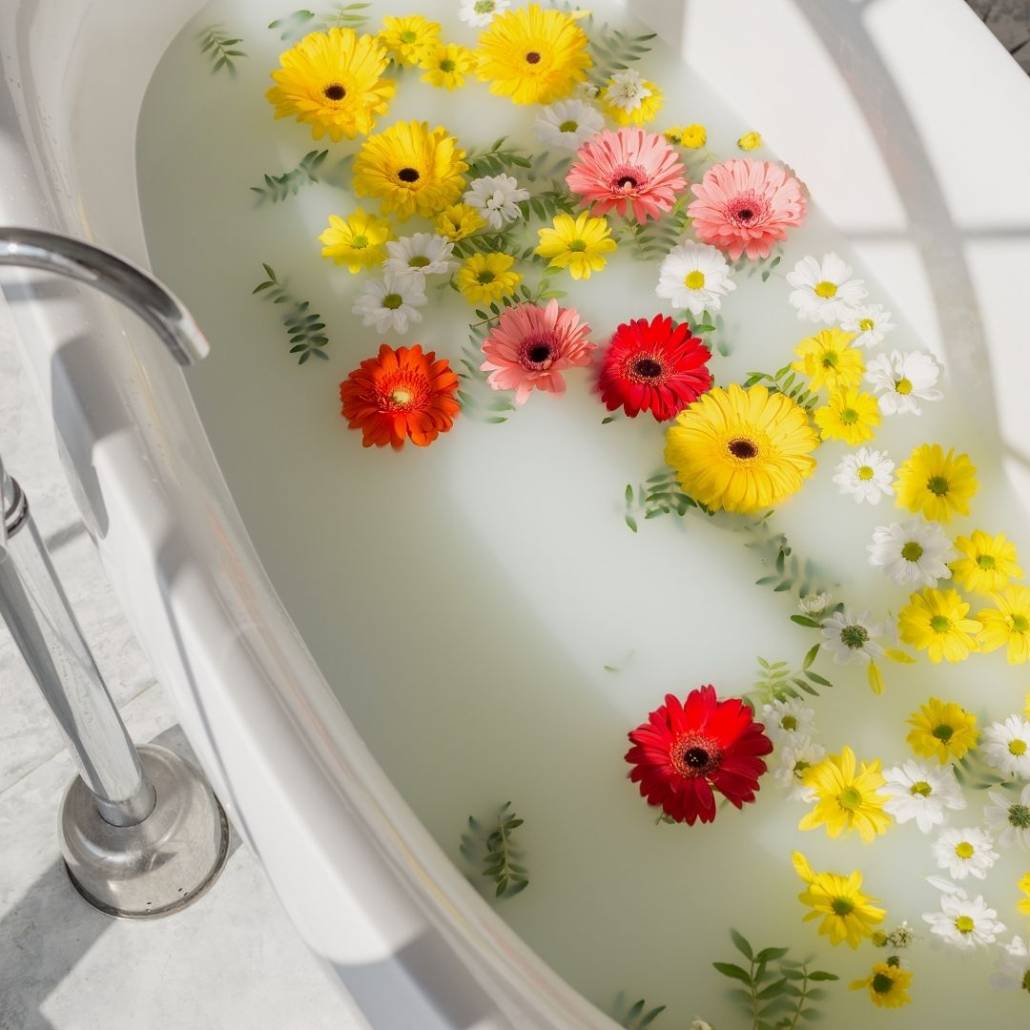
In this article we explore the amazing benefits of milk baths, how to take one and more importantly, how they work!
Celebrated by beauty gurus for centuries, the first ever record of a milk bath dates right back to the Roman era.
So why have milk baths stood the test of time?…
What are Milk Baths?
A milk bath is simply a bath that you add milk to, in liquid or powder form to help ease a number of skin conditions that cause irritation.
Milk contains something called lactic acid, which helps gently exfoliate the skin, leaving it with a much smoother texture and easing the symptoms of dry, rough skin.
So, Where Did Milk Baths Come From?
As we mentioned above, the first records of introducing milk into a bath dates back to the Roman Empress, Poppaea. Some historians, say that this Empress put bathing on the map after the death of Cleopatra – Fun fact for you!
What Are the Benefits of A Milk Bath?

As far as scientific evidence goes, there isn’t much on the effectiveness of milk baths. However, the benefits have been passed down from generations for hundreds of years. So, that’s got to count for something, surely?
Despite a lack of scientific research, there are plenty of anecdotal evidence to show that they do help reduce, irritated, itchy, inflamed skin. Here’s how…
Milk Baths Help to Clear Dry Skin
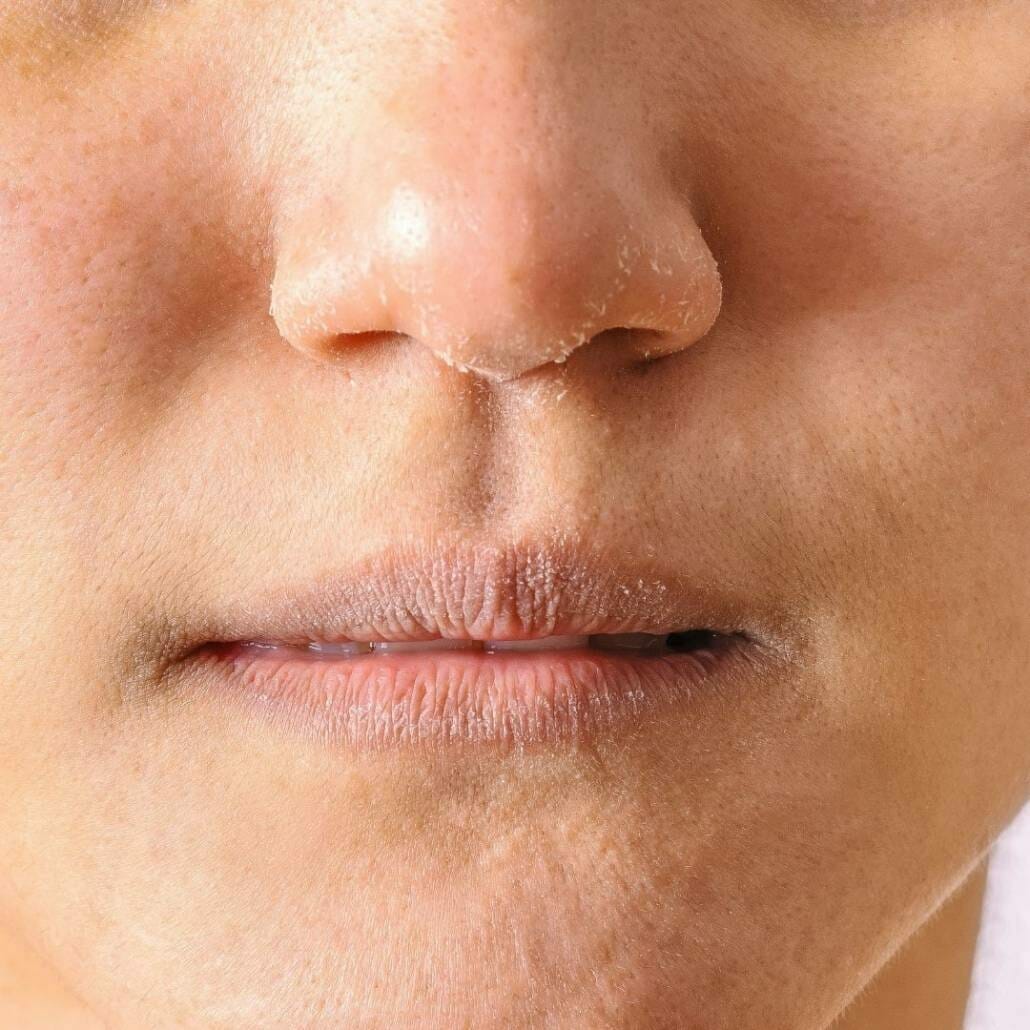
Living with extreme dry skin can become as issue. As the skin dries out, other symptoms follow such as itching and irritation. Lying in milk can benefit the skin as it helps to restore lost moisture.
This is because milk contains five elements that our skin loves; proteins, fats, vitamins, minerals and lactic acids.
Protein and fats help soften the skin, whilst vitamins and minerals help protect the skin and keep It safe from damage. The lactic acid acts as a gentle exfoliate and stimulates collagen.
Milk Baths Help Reduce Eczema
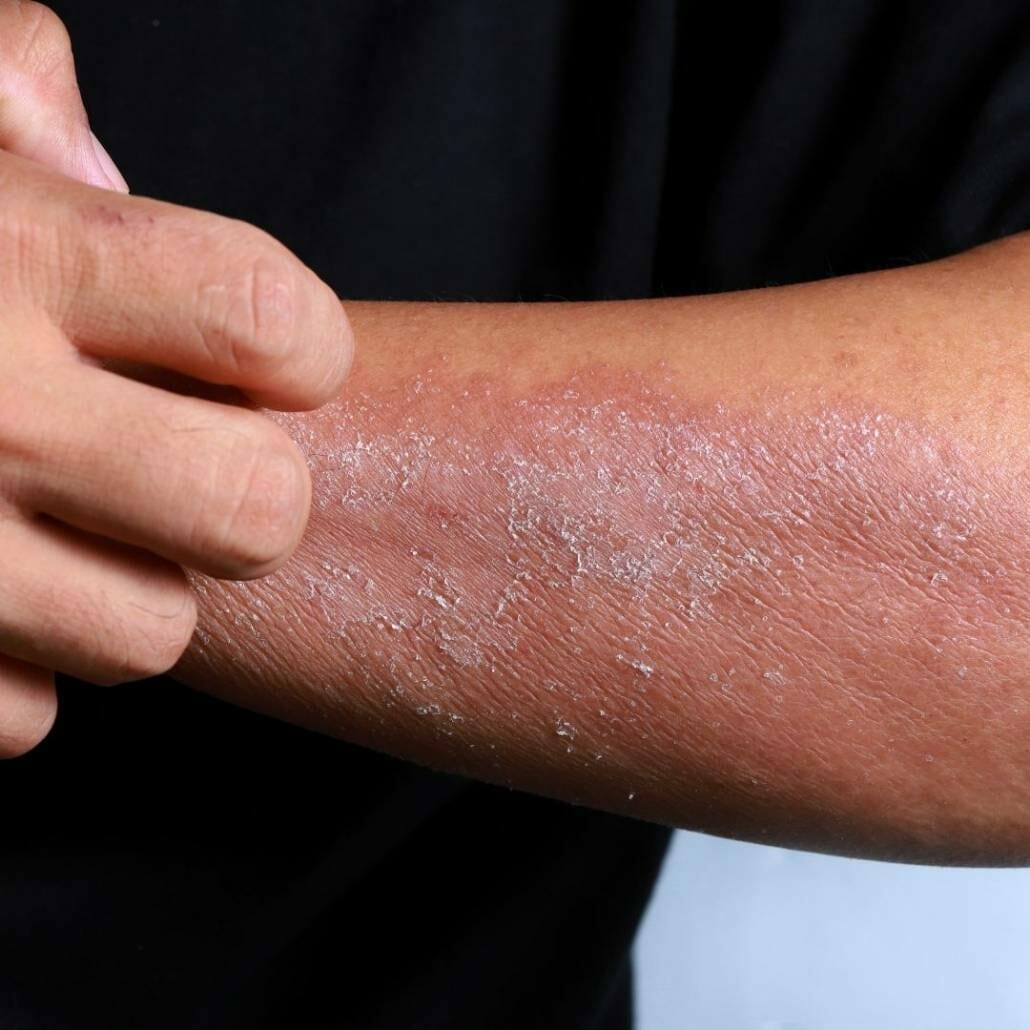
The main symptoms of Eczema are itchy, dry, rough, flakey, inflamed, and irritated skin. Similar to dry skin, there are benefits in milk that helps irritated skin. Once again, this hasn’t been scientifically proven to help Eczema but many people have sworn a milk bath dramatically helps the severity of their condition.
If you suffer bad with your Eczema we would recommend you mention this to your doctor, dermatologist, or pharmacy before trying a milk bath.
Milk Baths Can Help Ease Psoriasis
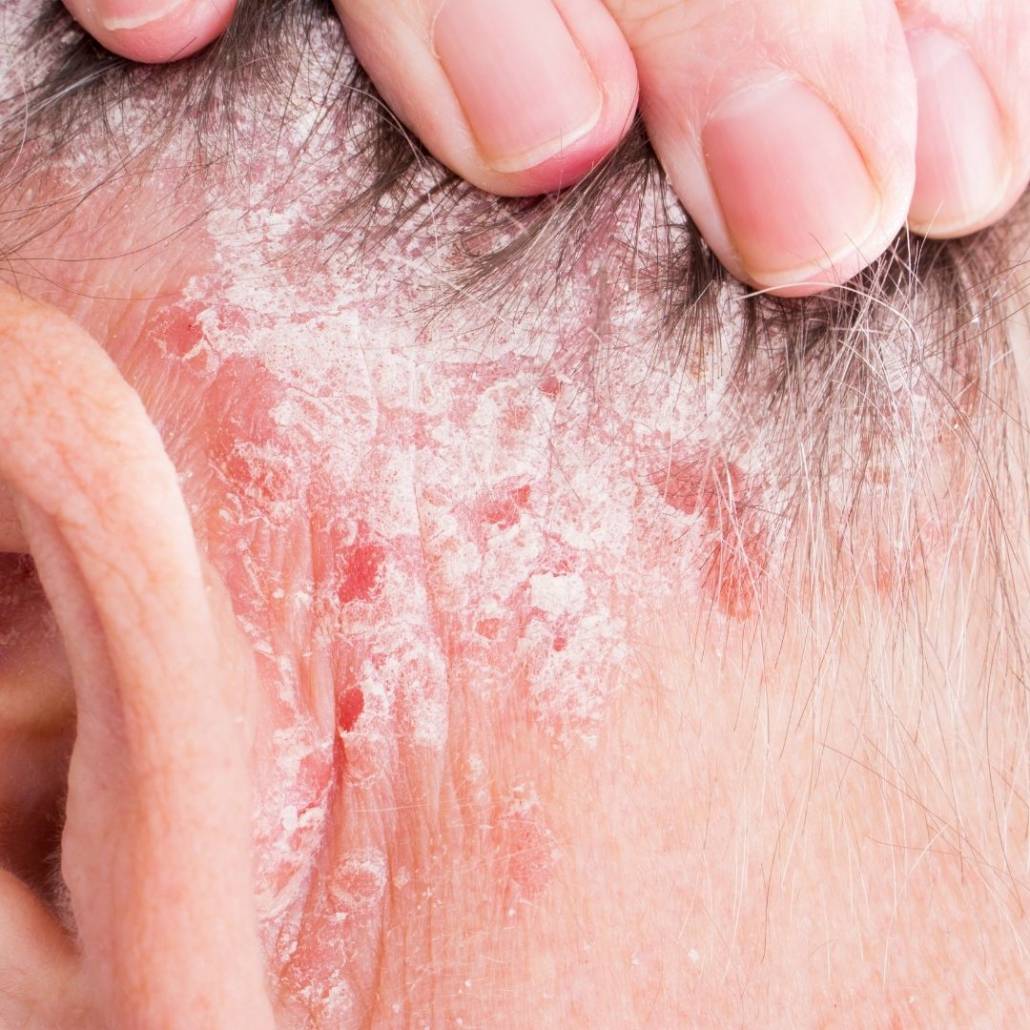
Around 1.1 million people in the UK suffer with the itchy skin condition, Psoriasis, according to research conducted by the University of Manchester. So, if you’re one of these people, milk baths might hold the key to helping ease the irritable symptoms Psoriasis can produce.
The vitamins in the bath may help soothe the itchy, flaky and patchy skin commonly caused by Psoriasis.
Milk Baths Are Said to Soothe Sunburn
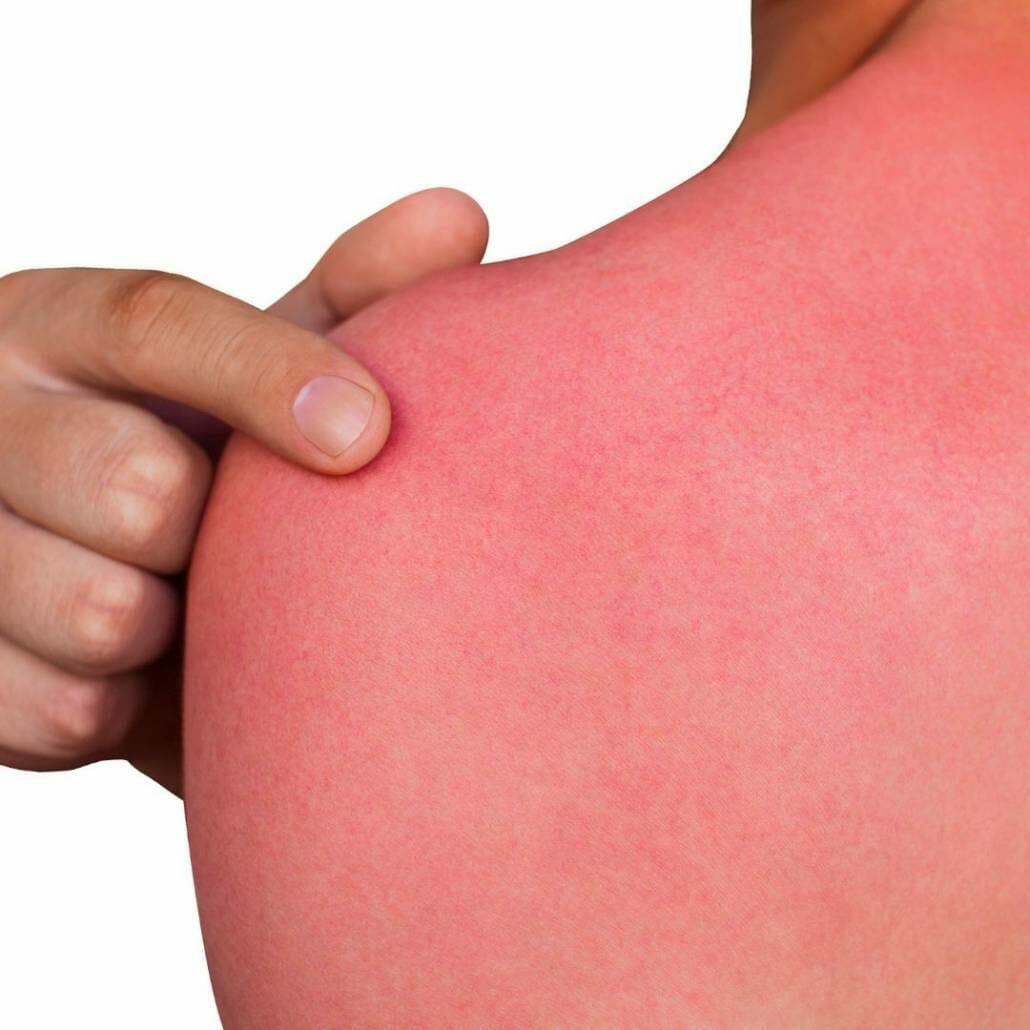
Sunburn can cause a nasty sting, as well as permanently damaging your skin – so make sure you are slapping the suntan lotion on. If it’s too late and you’re already badly burnt, we would recommend this remedy to take away the burn.
The fats, acids and proteins found in milk will help soothe sunburnt skin. Soak for around 20 minutes and follow up with an aloe vera moisturiser to nourish the skin.
How Are Milk Baths Good For the Skin?
A bath of milky goodness is brilliant for your skin as it acts in three ways:
ExfoliatesReduces InflammationHydrates
A Milk Bath Exfoliates the skin by removing dead skin cells. This happens because of the alpha hydroxy acid/ lactic acid in the milk. Exfoliators work against the top layers of your skin to remove dead or dull cells and helps to improve the overall texture of the skin. Therefore, any dry areas of the skin should be helped by bathing in milk.
Inflammation of the skin can be treated with a milk bath. As we mentioned above, milk contains proteins and vitamins that help reduce inflammation. Once you have soaked in milk, it’s very important to lock moisture back into the skin once burnt. Using aloe vera is a great way to retain as much moisture as possible.
Milk benefits the skin with how well it can hydrate and replenish. Through vitamins, minerals and fats, milk will restore lost hydration
What Type of Milk Do You Use In A Milk Bath?
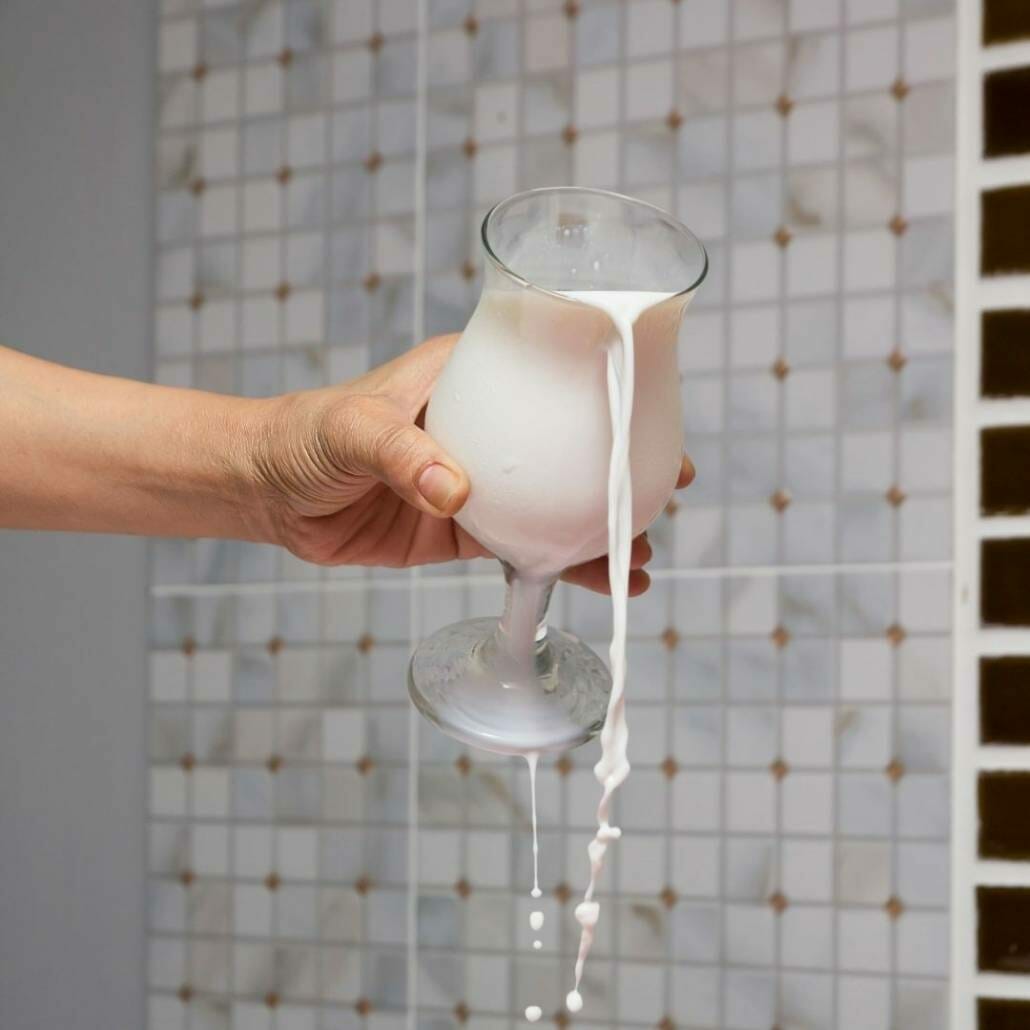
When it comes to choosing the type of milk, anything goes. Thanks to our ever-evolving alternatives, there are a variety of milk options to choose from.
Cow’s milk is commonly used in a milk bath. This is because it is the most accessible form of milk. It’s low-costing and full fat cow’s milk is the most nourishing for your skin.
You can also use milk in powder form or milk bath bombs. A natural soothing milk bath bomb can be found at places such as The Body Shop.
If you’re looking for vegan options, soy milk or oat-milk will work just as well.
Milk bath milk options:
Whole milkCoconut milkGoat’s milkSoy milkPowdered milkRice milk
How to Make a Milk Bath?
Now you know what milk to use and the amazing benefits, it’s time to learn how to run the ultimate, soothing milk bath.
Depending on the form of milk you have chosen here are best ways to make a milk-bath.
How To Make a Liquid Milk Bath?
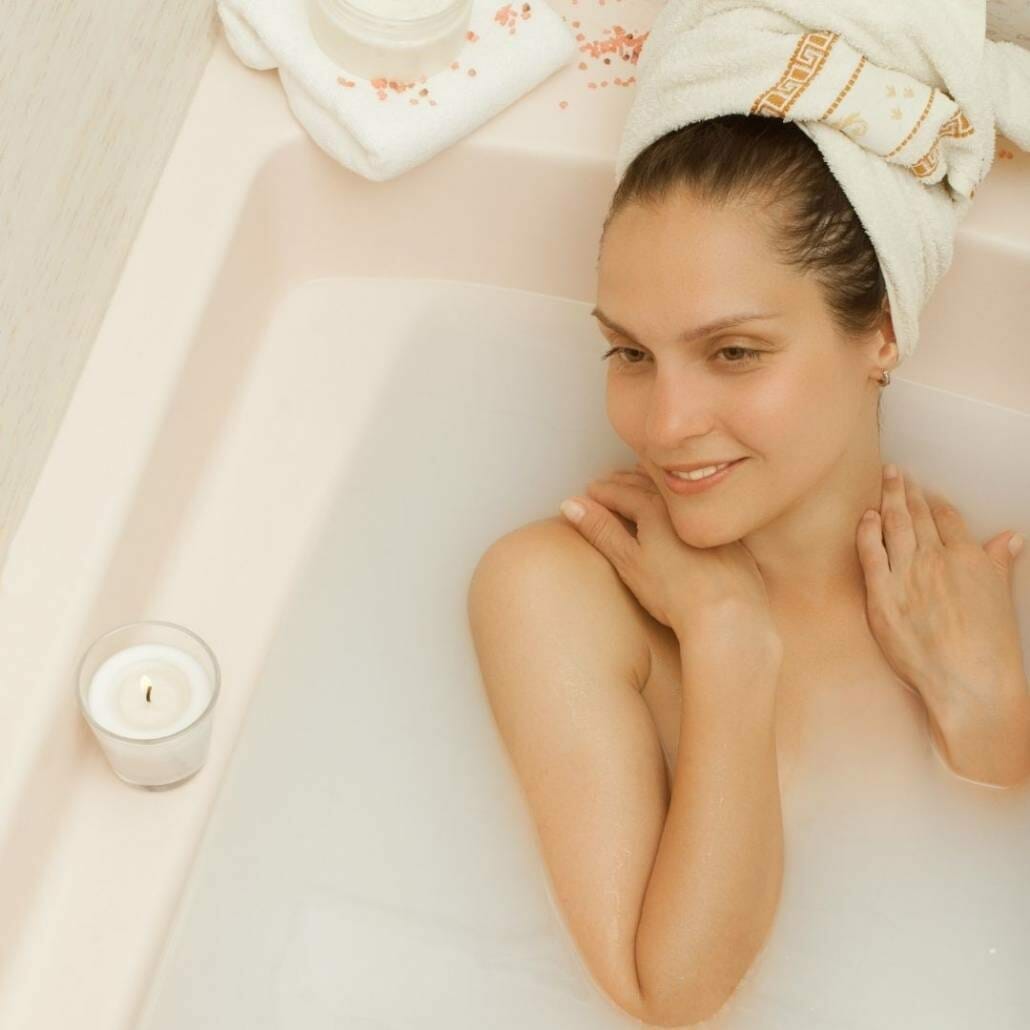
To make a milk bath at home:
Run warm water until the desired amount is reached.Pour 2 cups of your preferred milk.To create a wonderfully relaxing bath, add in the following – honey, essential oils, Epsom bath salts or sea salt.
Top Tip – avoid including any scented products or chemicals, such as bath soaps. To create the ultimate soothing bath experience, add rose petals – it sounds slightly extravagant but we promise you, you won’t regret it!
How To Make a Powdered Milk Bath?
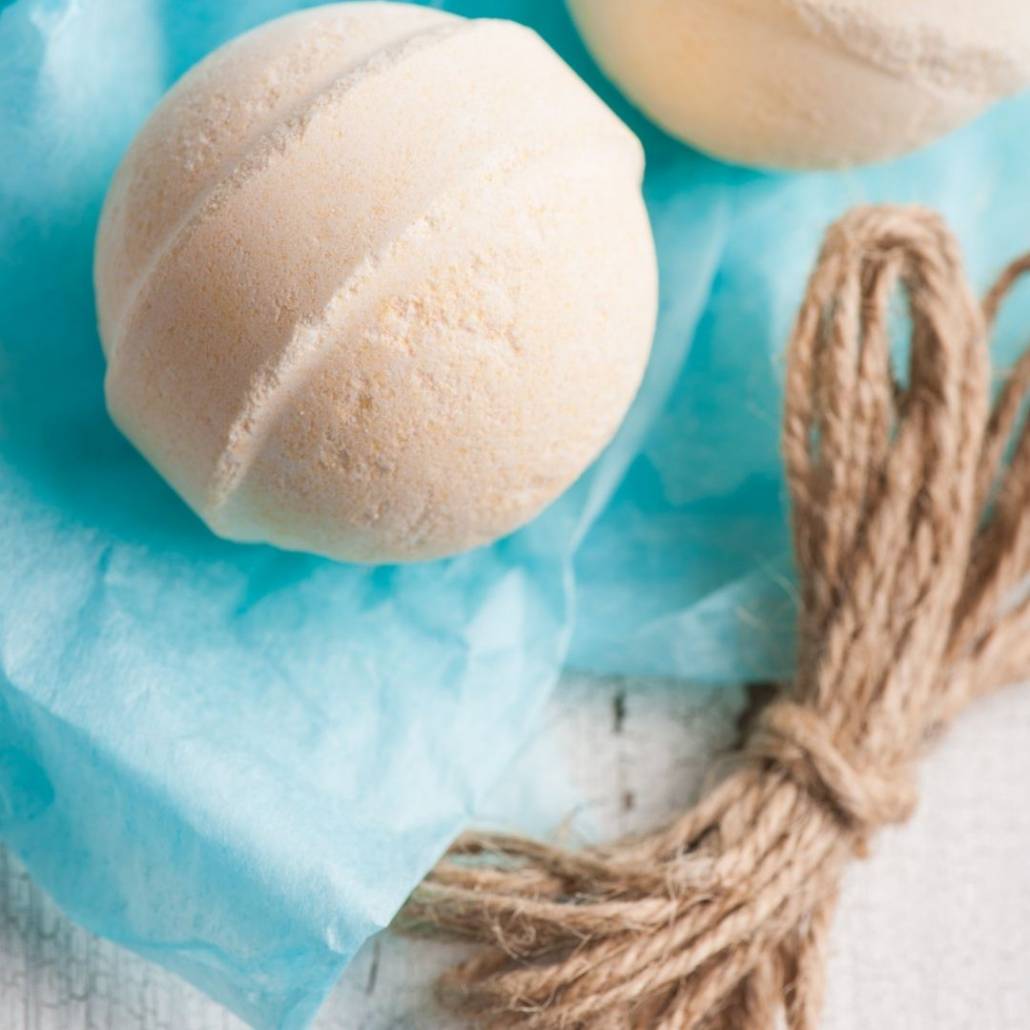
If you rather use powdered milk or milk bath bombs. Here’s how:
Start to fill your bath with warm water.Add two cups of milk powder or alternatively, plop in your milk bath bomb.Again, feel free to include honey, bath salts or essential oils.Calmly swish the bath water around to mix all the ingredients.Soak for 20 minutes and moisturise thoroughly.
Milk Baths for Babies
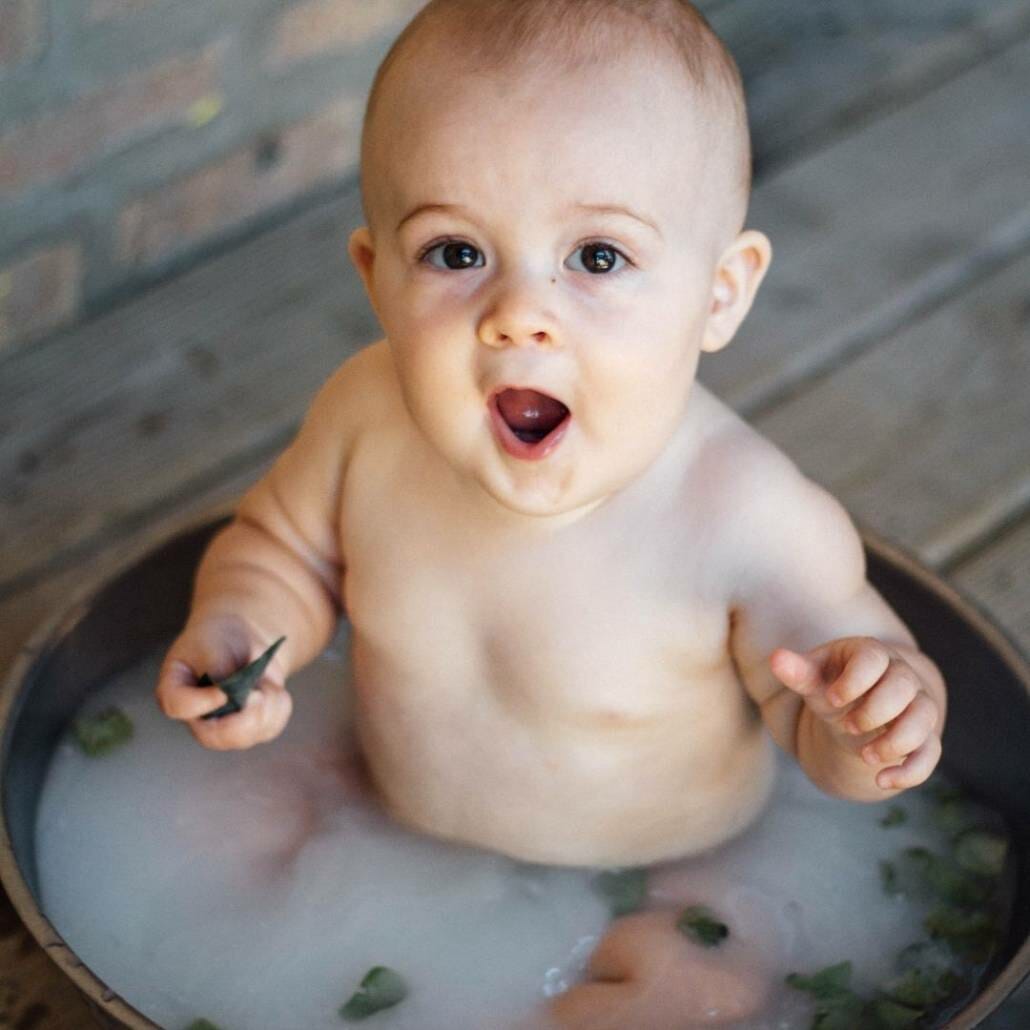
We all know how important milk is for babies, especially breast milk. Giving your baby a milk bath has been a popular, gentle way to resolve any irritated skin issues your little one may be having, such as diaper rash, eczema, or even dry patches of skin.
Can Babies Have Milk Baths?
Yes, milk baths are a natural inflammatory for itchy or irritable skin conditions that babies commonly get. Add pumped breast milk (for best results) into some warm bath water until water looks cloudy. The milk is packed with soothing antibacterial properties that will relieve, nourish, and protect your baby from dry, itchy skin.
What Are The Benefits of Milk Baths For Babies?
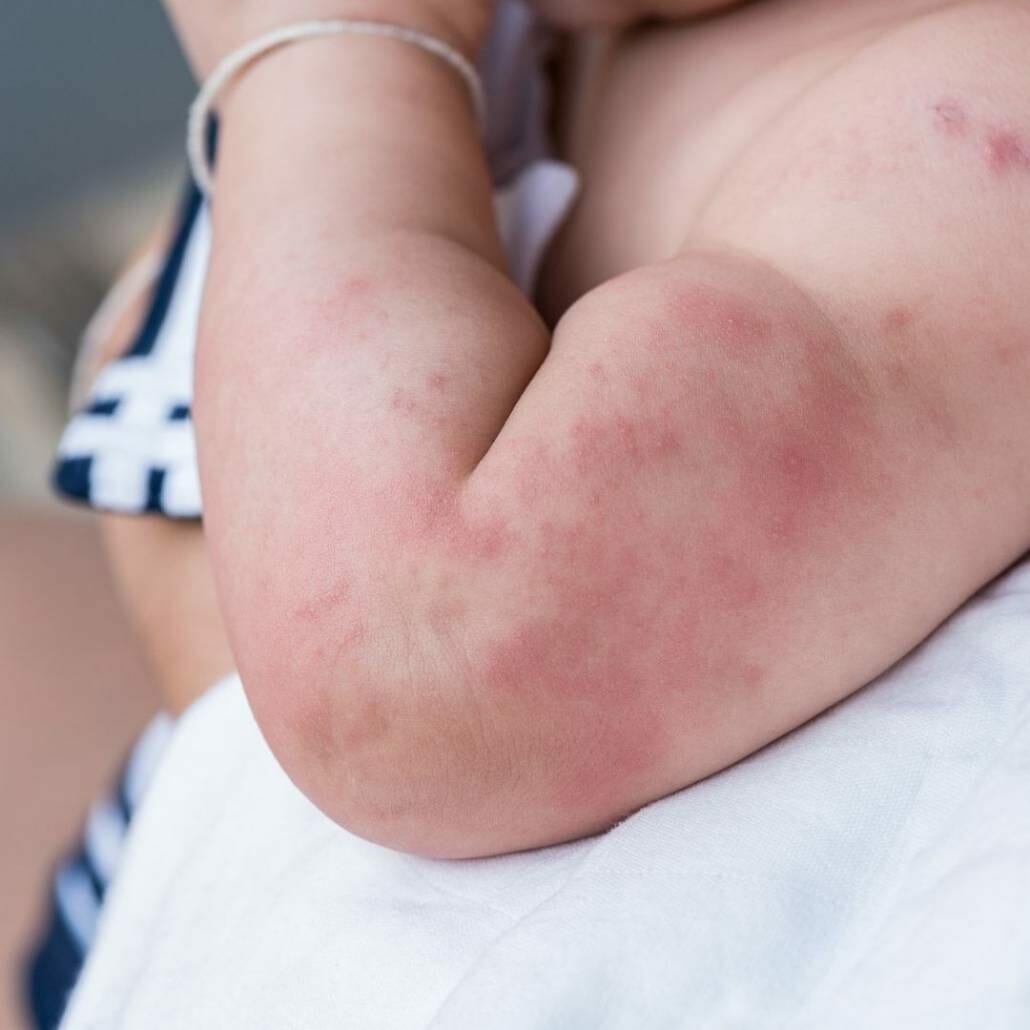
Breast milk baths have been used to treat babies with:
Dry SkinNappy RashEczemaCradle capBaby AcneSkin Feel Soft
There isn’t much scientific evidence to back up the effectiveness. However, Dr’s from around the world have claimed that patients have used this method to hydrate their child’s skin.
So, there we have it. Everything you need to know about this aesthetically pleasing, skin rejuvenating bath remedy.
Read more about bath health benefits here
The post Milk Baths: What Are the Amazing Benefits? written by Rikki Fothergill appeared first on Big Bathroom Shop.
Did you miss our previous article…
https://www.a1-bathroom-4u.com/?p=784